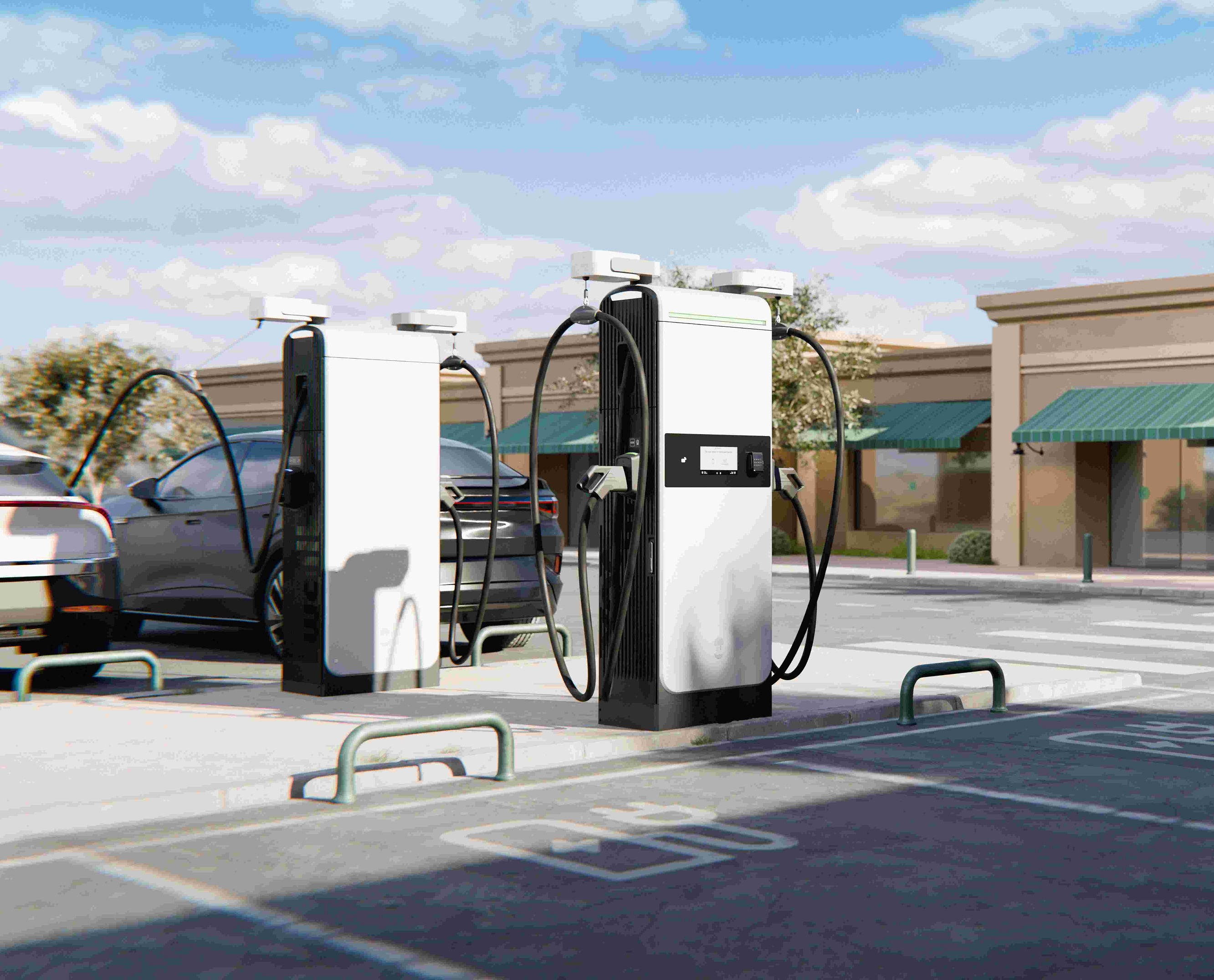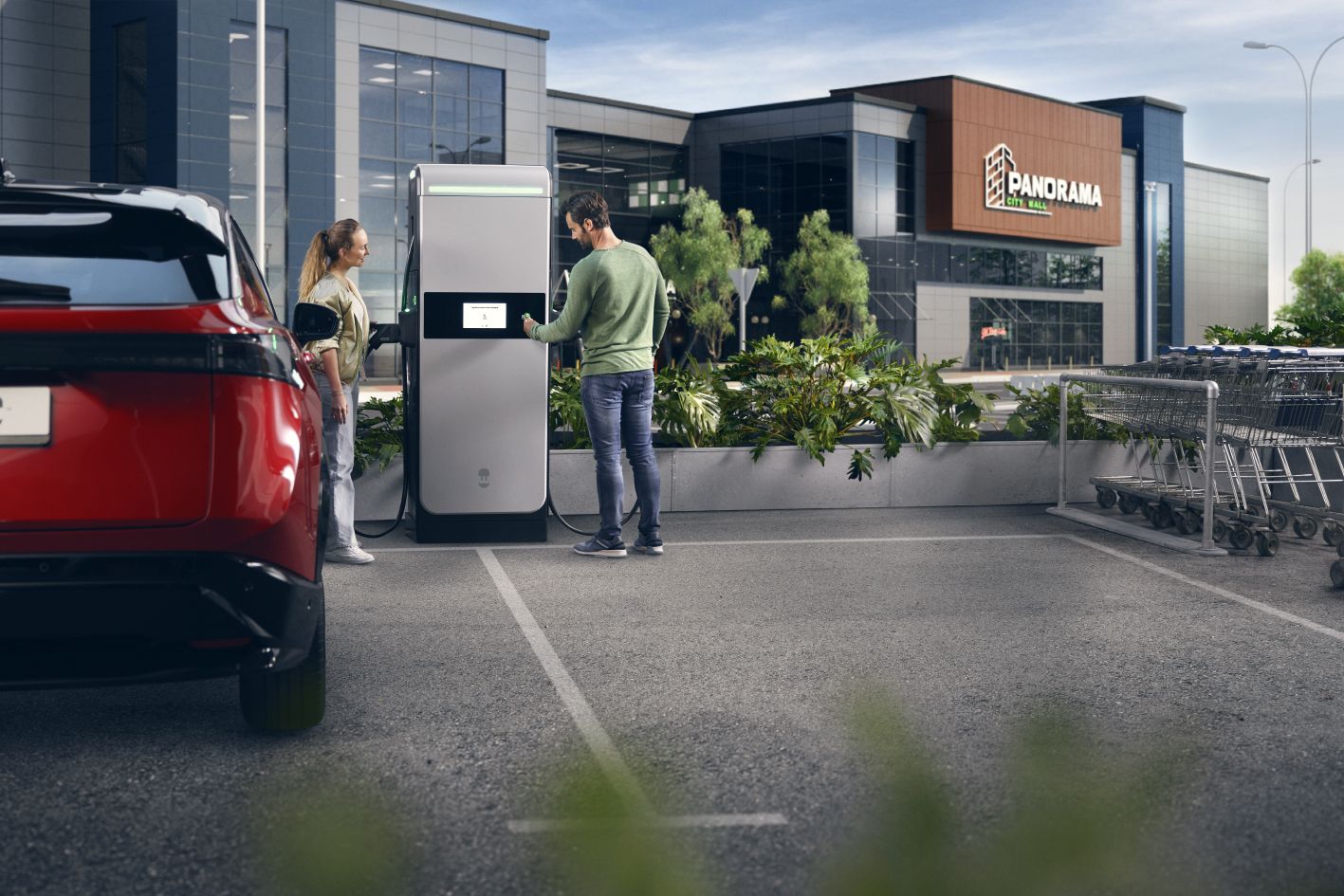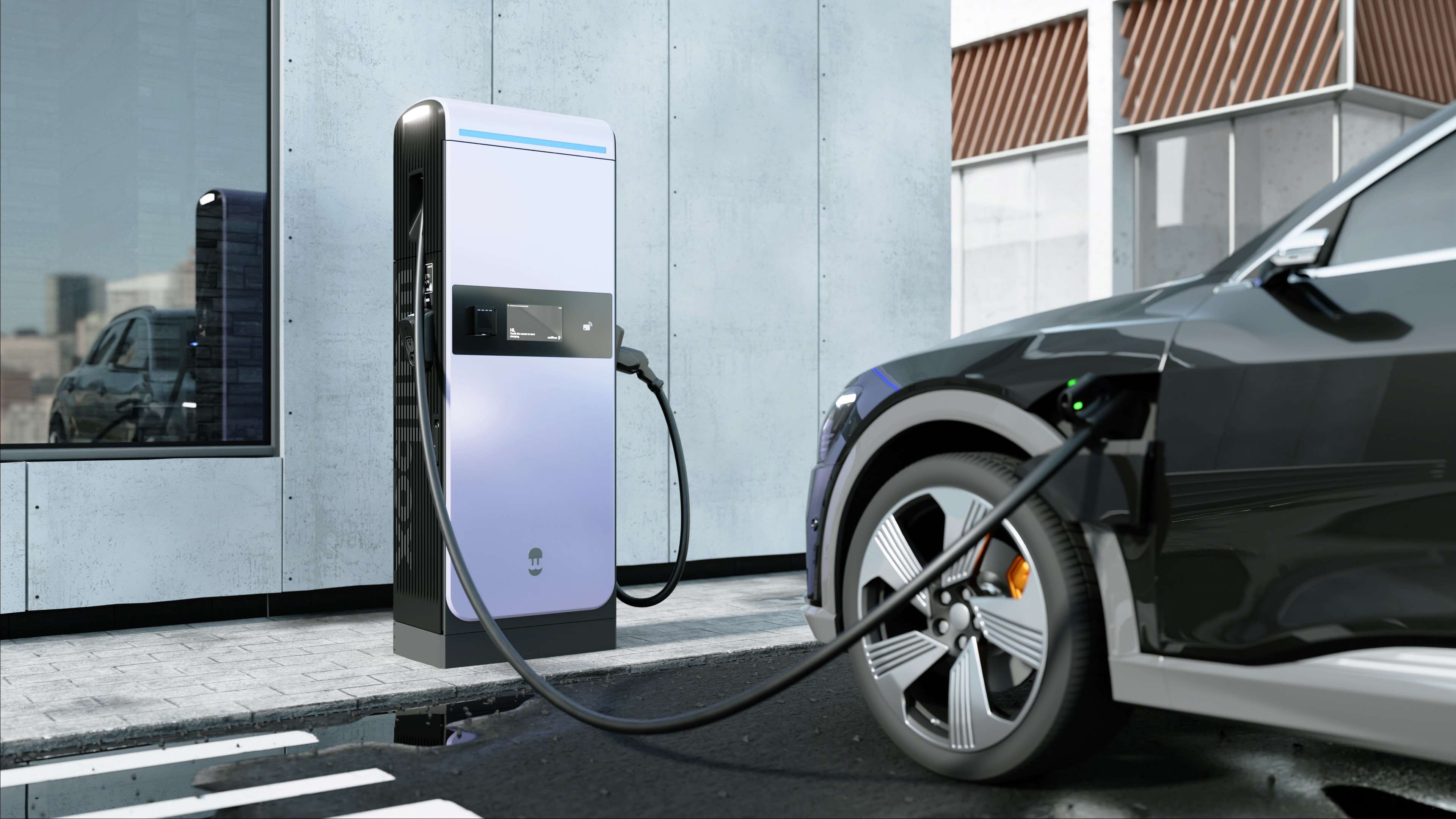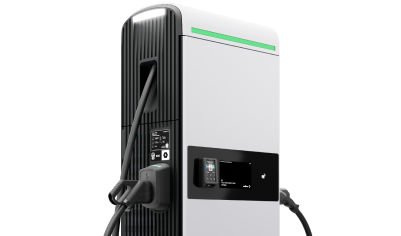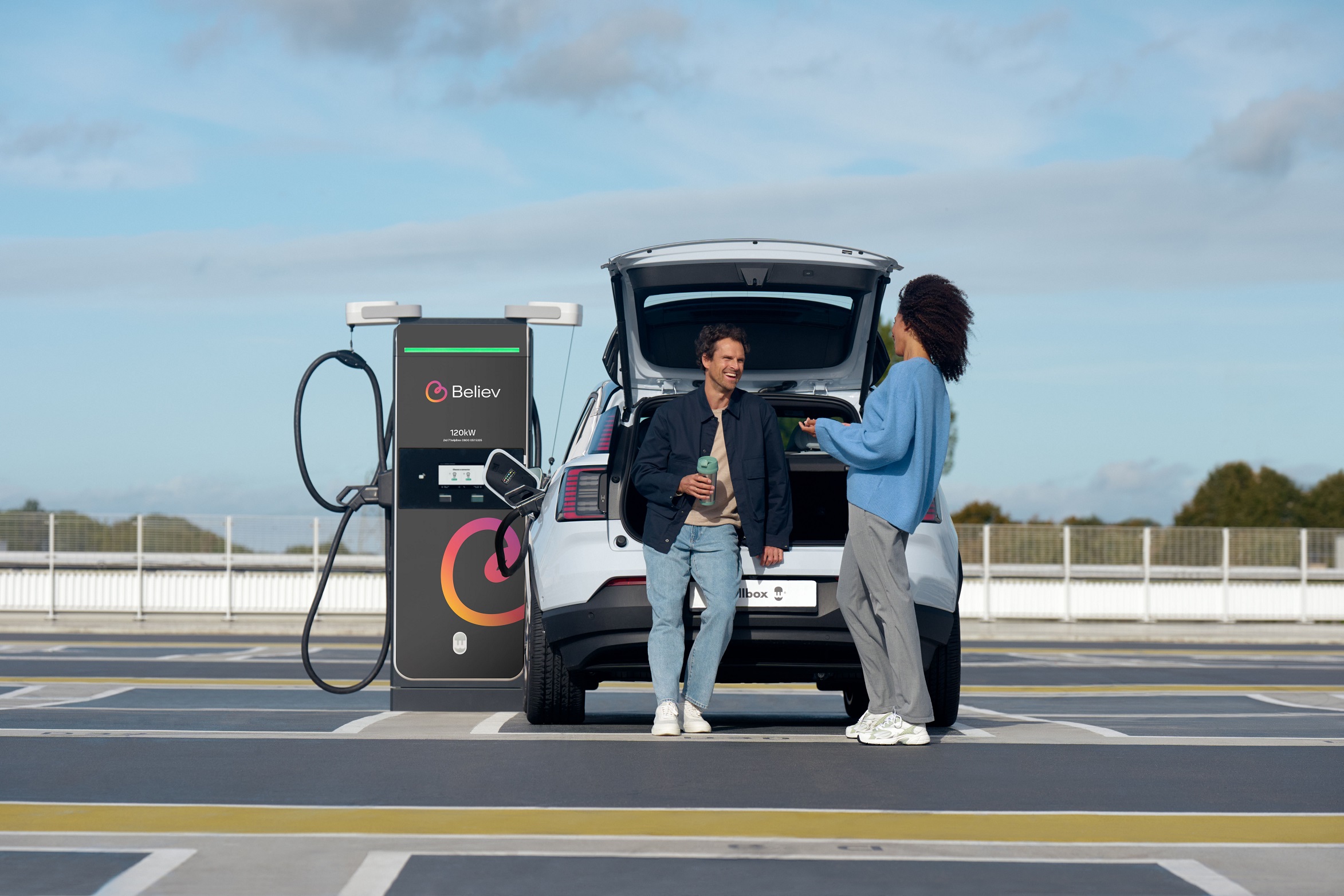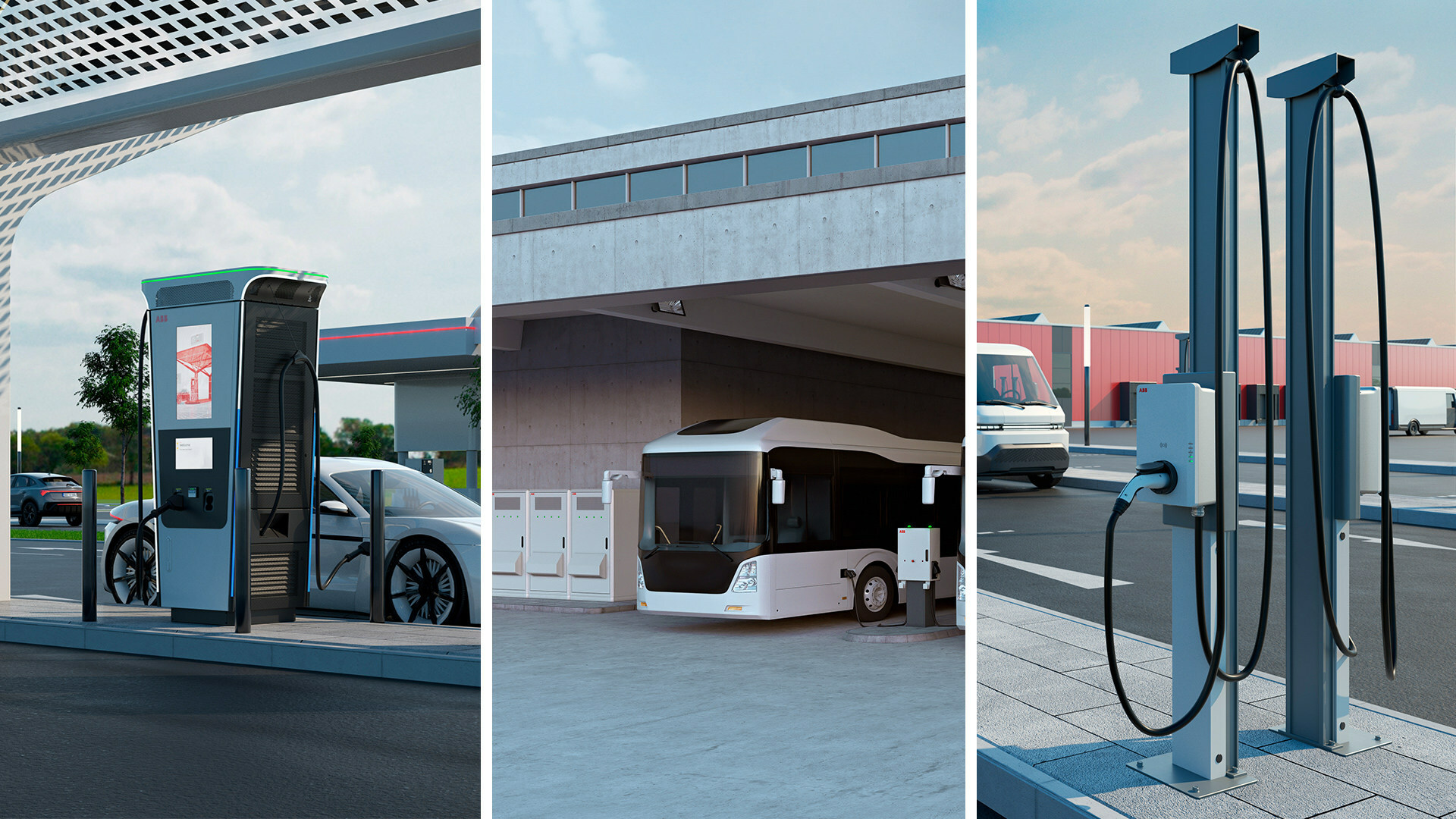
The newest addition to the product family is designed to charge at up to 220 kW, meaning that it can fully charge a passenger EV up to 100 miles in as little as eight minutes.
To date, the company has sold over 2,000 DC fast chargers in over 30 countries around the world. The introduction of the Supernova 220 gives charge point operators a broader range of power options within the Supernova family, to further expand their EV charging network with chargers that have been tried and tested for reliability and uptime. Wallbox says that, ultimately, the introduction of this new product ensures CPOs can install the most appropriate power model for every site, without needing to compromise on reliability or customer experience.
Thanks to Supernova’s award-winning and compact design, the 220 kW version offers efficiency benefits to both charge-point-operators and customers. While the same size as other Supernova models, it is the most powerful model yet and can charge one EV at up to 220 kW or two EVs simultaneously at up to 110 kW each. Increasing the power while maintaining the cost of installation, maintenance and space improves the return on investment for charge point operators, especially in high volume locations.
“At Wallbox our aim is to ensure that EV charging is simple and accessible to all drivers, which means offering reliable solutions that meet the needs of a range of locations,” said Till Wilmschen, director of DC fast charging at Wallbox. “Supernova 220 fills the current need for high power charging sites, capable of providing 10 to 15 minute charging times for passenger EVs, as well as serving the high power charging demands at private and public sites for fleets, electric trucks, buses and heavy goods vehicles.”



